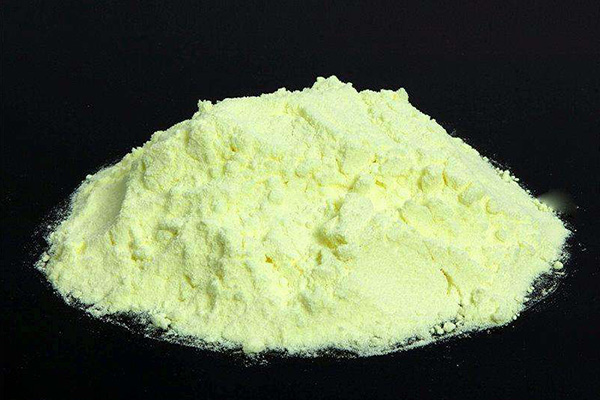What is known today is that sulfur powder is a refined and processed product. Most of its natural color is bright yellow. When burned, it emits a strong odor, which many people compare to the smell of rotten eggs. Sulphur powder usually has a bit of this smell as well, but it’s generally not very intense. Often used in dietary supplements, this powder promotes joint health and muscle function, and is widely credited with clarifying skin. It also has many uses in industry, especially as an additive in fertilizers and pesticides.
To get the sulfur powder product, at least two processes are required, and the sulfur is initially obtained from the mine. After the discovery of sulfur, it was necessary to refine and grind it into a fine powder. Sulphur can be found in the natural world, formerly from volcanic eruptions and salt domes. Today, this element is more often collected from the residues and by-products of oil mining and refining. Although there are natural and compositional differences, they are all processed into powders. Sulfur powder is widely used in the industrial field. It is a common additive for chemical fertilizers and pesticides, and cultivation of soil also requires this mineral to help plant roots develop.
It is also known that powdered sulphur is sometimes used as a way to prevent mold from multiplying in plants, and a small pour on leaves and fruit is a non-toxic way to avoid moisture build-up and mold growth, which is common in humid tropical climates. Very important.

